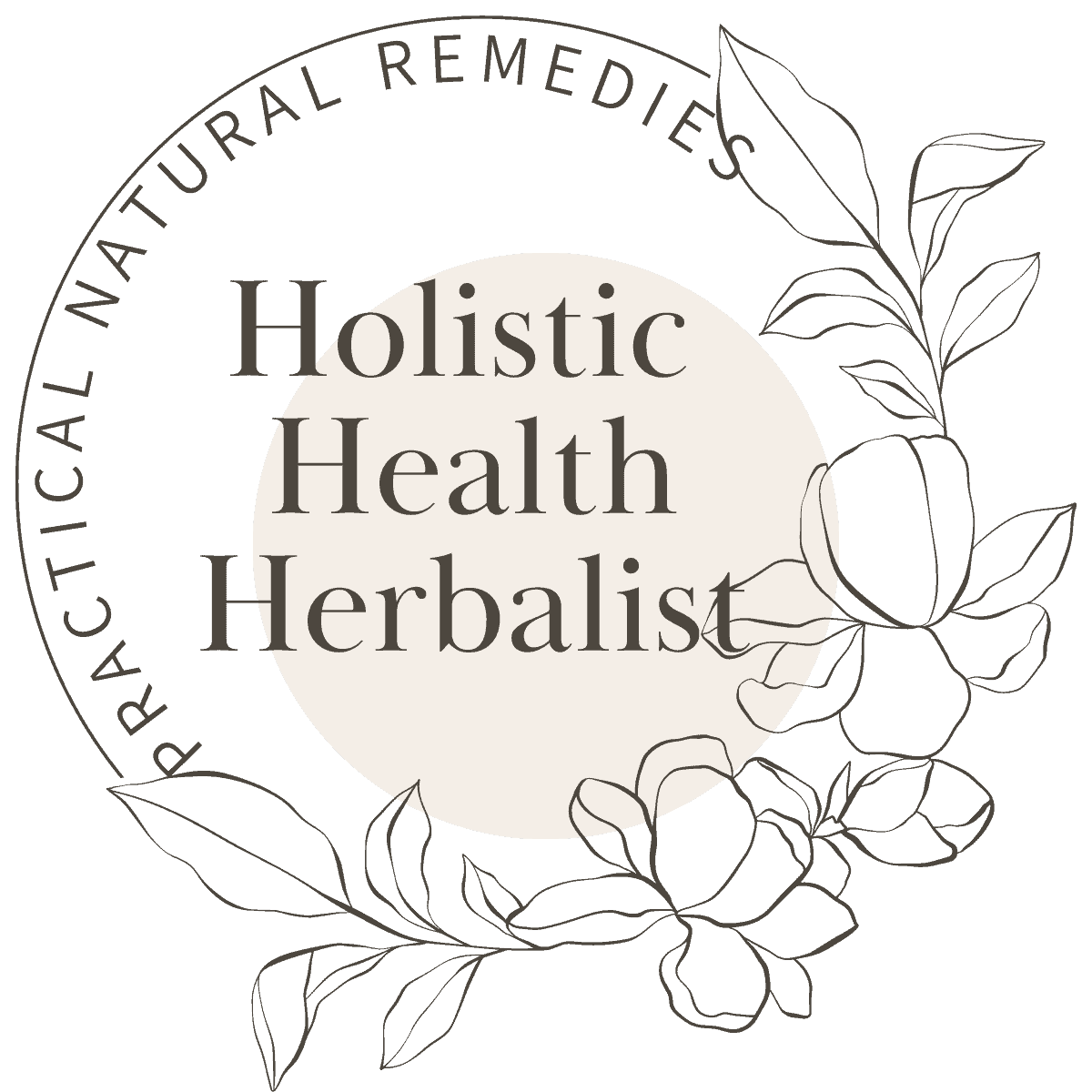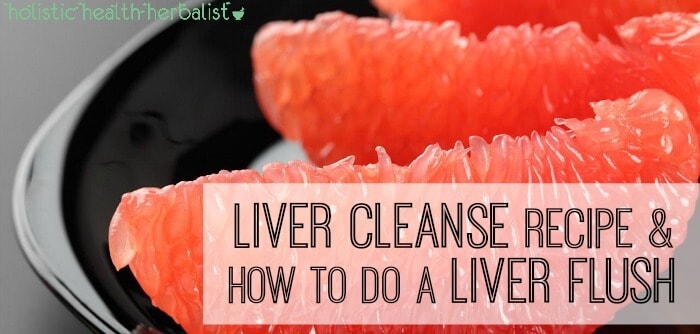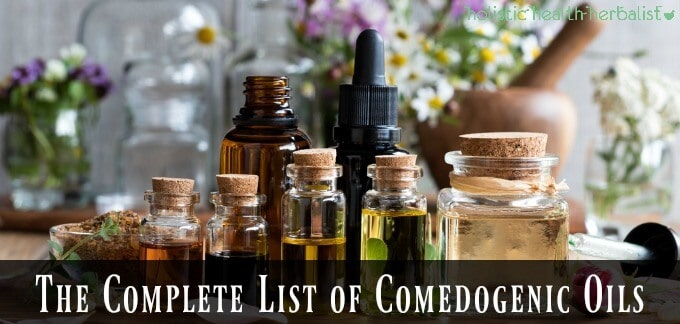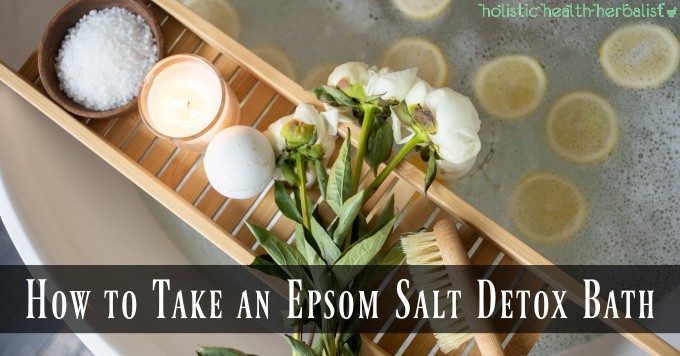Salicylic acid has been one of the most popular over-the-counter acne treatments in use today. It boasts many medicinal and cosmetic applications, one of which is for the treatment of blemishes and acne prone skin. Salicylic acid is usually prescribed for mild to moderate acne and can be quite damaging to the skin in all honesty. I don’t recommend using it if you’re into curing your acne holistically, but don’t fret, there are a few effective and 100% natural alternatives that come from your kitchen fruit bowl.
Why Use Natural Forms of Salicylic Acid for Acne Prone Skin?
How Does Salicylic Acid Work?
Salicylic acid is a beta-hydroxy acid with mildly exfoliating properties. When you use anything that contains it topically, fruit included, it gently thins out the dermal layer by increasing cell turnover. Salicylic acid also dissolves blackheads, which makes it pretty handy to use if you’re suffering from comedonal acne; non-inflamed acne that is mostly caused by skin care products.
You’ve Got Fruit on Your Face
All right, so we’re going for a double whammy on acne today! Actually, I’ll be sharing part 2 in my next post, so here’s part one to get you started.
Why Use Fruit Instead of Conventional Salicylic Acid?
Most conventional salicylic acid treatments available over the counter contain 2% (sometimes more) of salicylic acid, plus several other ingredients that I would rather not put on my skin. The strength of these crèmes and gels loosen keratin quite a bit more harshly than natural alternatives, causing excessive skin peeling, mild to moderate burning, and reddening of the skin. This can actually cause more acne, the exact opposite of what we’re trying to accomplish.
Using fruit instead will gently exfoliate the skin. Aside from the more acidic nature of green apple and tomato, the fruit I mention below will soften, nourish, decrease inflammation and redness, and exfoliate the skin. They are packed full of nutrients like vitamins A, C, and B, phenols, and flavonoids. Try finding those in an over the counter salicylic acid gel… not gonna happen!
After trying these natural remedies, your blemishes should be gone or at least greatly diminished after 2-3 days.
Part One- Replacing Conventional Salicylic Acid with Natural Awesome-osity!
Choosing fruit with high salicylic acid content can be a bit tricky. One would think that citrus fruits like lemon or lime might have the highest amounts of salicylic acid when they really have almost the least amount. So I’ve compiled a simple list of fruits that have the most bang.
Now on to the fruit!
Raspberries - Mash em’ up and slather them on.
Granny Smith Apples - Rub a slice all over your face, mash it up, or juice it and apply.
Cucumber - Juice or mash it up and apply generously. This works well for redness too!
Cantaloupe - Works best juiced or blended. Apply a nice layer to thirsty blemished skin.
Strawberries - Take a bite from a strawberry or use the strawberry tops and rub the remaining strawberry piece all over problem areas. You can also smash it up, apply it, and use its seedy juice to exfoliate. Leave the juice on to reap its clarifying benefits.
Tomatoes - Rub a slice of tomato on blemishes to dissolve blackheads.
Red Grapes - Bite one in half and apply it to affected areas.
How long do you Keep the Fruit Juice on?
I like to keep it on for at least 10 minutes before rinsing thoroughly, however, for the green apple treatment, I will only leave it on for about 5 minutes due to its acidity.
Acidity = not so comfortable for sensitive skin.
However, green apple is one of the most effective salicylic acid fruit remedies I’ve used, so more often than not, I apply the juice with a q-tip to problem areas only. You can actually do this with any of the fruits I’ve mentioned above if you don’t want to wear them as a full fruit mask.
I hope you have fun trying out a few natural salicylic acid replacements that are actually effective AND good for your skin.
Oh! And here's part 2 =)
What do you do after using a fruit mask?
After rinsing the fruit mask away, you will want to hydrate your skin by spritzing on some pure rose water to balance the skin's PH, then applying a good quality facial oil like rosehip, jojoba, or hemp.
For more good for your skin articles look below:
The Best Essential Oils for Your Skin Type
Homemade Serum for Acne Prone Skin
Clay and Honey Face Wash for Sensitive Skin
How to Pamper your Face for Clear Skin
Rose Infused Witch Hazel
Simple Fruit Masks for Beautiful Skin
Salicylic Acid—It May Dry and Thin Your Skin








lani says
This was a great article, i am plant based, so i already love fruits and vegetables, my problem is cystic acne, ive had the breakout under control, but my real poblem is all the scarring, especially since i used to try and pop them. im left with all of types of the scars including hyperpigmentation. what do you reccomend?
Annie says
Hello ma'am,
I am currently conducting research on reducing sebum production in the facial region with the usage of tomatoes. I was actually inspired to do this after reading your article on making use of the naturally occurring salicylic acid within the above-listed fruits. I just wanted to thank you for providing me with the information I needed. I also wanted to ask if you could recall the date of when you posted this article, as I need it to fulfill the requirements for my citation in regards to this post. If you could please reply at your latest convenience, that would be very much appreciated.
Thank you for your time and consideration and I hope you continue to aid others with your work.
N says
Can one leave this on all day or night or it must be washed off? Which ones are the most effective?
Tash says
You should rinse away the fruit mask after 15 or so minutes. Leaving the mask on for too long can be irritating to the skin.
Luis says
How effective don you think that lemon juice can be If I use it as a mask every day?
Tash says
I think it may be too harsh to use lemon juice on the skin every day. I would go with twice a week...MAYBE three times per week if your skin isn't sensitive. And only at night!
toshal says
very helpful artical me thank you so much
glad me me problem solve me
Cheyenne says
Hi !
Can I use the fruit everyday ? how many times a week do you recommend?
Tash says
I would use the fruit a maximum of 2-3 times per week. 🙂
KIZITO JOHN says
thanks alot for this wonderful post pliz. I have around three questions for you
1. What would be the effect of salicylic acid on people who consume un-cooked tomatoes?
2. Does salicylic acid have any positive or negative effect on internal organs once eaten through tomatoes?
3. On raw and ripe tomatoes, which one contains the higher concentration of salicylic acid?
Tash says
Hi Kizito!
I don't think there is any difference in the effectiveness of salicylic acid in those who consume raw tomatoes. Additionally, salicylic acid found naturally in foods should not have a negative effect on your internal organs. And lastly, ripe raw tomatoes will have the highest amount of naturally occurring salicylic acid 🙂
Hani says
Thanks a lot! It really helps me ?
Tash says
So glad you found this article helpful Hani! 😀
carollanne says
I love this article about fruit based salicylic acid. have you tried solavedi organics Rokk + Fruut cleansing grains? Its made by blending 16 fruit extracts and pulp with Icelandic glacial clay. I'd love to send you a sample. let me know if you'd like to try it. cc
Erica says
Thank you for creating this site! What about washing/cleansing the face, do you have any recommendation for what to use to wash the face or clean ones face the natural and healthier way?
Tash says
Hi Erica!
It depends on your skin type. If you have oily skin you may like using a charcoal bar soap for cleansing. If you have dry skin you may like Oil Cleansing. The key is to use products and ingredients that are all natural as possible 🙂
Erica says
Hi Tash
I went to your website and checked a few of your posts on handling acne. I have been suffering with this thing since 21 and at 40 it is not getting better (its hormonal and has eczema attached, yay me). I have oily skin but I tried the OCM with castor oil and have been seeing some good results. I use the castor oil mix at nights and the manuka mix in the mornings for 3 days now. No breakouts yet and healing is taking place. Still need to get rid of scars and dark spots but I am hanging in there. Have never seen or heard of charcoal bar but I am checking around.
Tash says
It sounds like you're on the right track Erica!
The dark spots will fade with the help of the honey and the scars can be lessened with the help of a derma roller and tamanu oil. The derma roller is a bit intense but it does work!
Kath says
Hi acne has left red marks (looks like angry red skin)as opposed to acne scars. Any suggestions on how to calm my skin as breakouts still occur from time to time.
Tash says
Hi Kath!
One of the best things you can do is use fresh papaya as a mask for redness. It works super well! You can also get a fantastic papaya enzyme here that will do the same thing 🙂 The enzyme will also unclog your pores and make breakouts less severe.
evalry says
Hello,
I liked this blog. I also use food to heal. Nightly, I use lemon juice(apply with cotton ball) on my face for a natural form of glycolic acid. Daily, I eat an apple(red delicious) because of it's salicylic acid properties; however, is the green granny apple better? Also, is eating it just as beneficial as putting the juice on the face? Do you have any natural recommendations for finding lactic acid in foods?
Tash says
Hi Evalry,
I think the best food to put on your skin that has a nice amount of lactic acid is yogurt! It will make your skin so soft and smooth if you use it as a mask a few times per week =)
I think the red delicious is better than green as far as getting clearer skin. They're not my favorite apples, but I do see a difference when i eat those more often than other apples.
<3 Tash